E-Comm, Moblie Players see growing traction in Tier 2 & 3 Markets
While technology including mobile has slowly taken over every common man’s lives on various levels; brands and marketers are thrown open to new avenues to market their brands as well as its product catalogue. People have become more internet savvy and more aware of the technology that impacts lives from dawn to dusk, even post that! Brands and marketers in India have been exploring their TGs, expanding their geographies and have also become experimental in their outreach activities to get noticed by more people in all sorts of regions both metropolitan and, suburban areas and rural regions. Growing use of technology is a propellant in their dynamically changing extensive and intensive marketing strategies.
There is a huge scope of brand reach and expansion for technology companies to connect with potential customers and consumers in tier 2 and tier 3 cities and how they design their communication plan, how they distribute spends on these ‘Many Indias’ within a largely diversified nation of consumers of every taste what the quest is. Mobile technology and E-commerce industry has grown humongous in many smaller towns in India over the years and the reason why this is true is because consumers have now better access and understanding of internet and the ease of chatting and shopping online with relatively cheaper costs involved has brought about his revolution in India. Both national and international brands like Micromax, Lava, Xolo, Oppo, Vivo, Gionee, Xiaomi, Honor, etc have set in a wave of new age mobile users which includes not just younger lot but middle aged people alike.
Adgully spoke with both e-commerce and mobile front runners in popular India and decoded their strategy of ‘reach with impact’ in tier 2 and tier 3 cities. The first step is to identify where your potential consumers are. Mr Nipun Marya, Head of Marketing Strategy, VIVO Smartphone commented on Vivo’s marketing strategy for smaller markets by saying that, “Whether it’s Tier 2, 3 or 4 markets or the metros, we would like to be present wherever our consumers are. If we feel that our consumers are in Tier 2 or 3 markets, we will certainly make all possible arrangements there. It’s not like that we have to make any special arrangements for any market, because we believe in today’s era where we do not differentiate between a Tier 2 customer and a metro consumer. Due to democratisation of knowledge, people are very well aware about the brand.”
When asked about the strategy for tier 2 and 3 cities and how different they are from that of tier 1 cities for Comio Mobiles, Mr. Sumit Sehgal, Chief Marketing Officer, COMIO Smartphone commented that, “The time has gone where brands traditionally used to engage only with urban consumers. With the rise in spending in the non-metro and rural areas, the consumers in tier 2/3 cities have become the most significant target audience for nearly every brand now.”
“According to a recent IMRB report, growth in the country's luxury market will be driven by those living in tier 2 and 3 cities, as the aspirational class in non-metros acquires higher spending capacity. As India grows economically, its rising purchasing power has made its emerging cities promising, yet untapped markets. With demand in metros remaining subdued, marketers see huge growth opportunity in rural and non-metro markets. Brands are lining up new products, innovating with communication and enhancing their marketing budgets to tap growing markets. These markets are extremely critical for a brand like COMIO that cater to the mid-segment market and target the youth of these cities”, he added.
While cutting to the chase, Sehgal mentioned that, “In terms of focus, we have approached tier 2/3 towns like metros. We have identified trend-setting outlets which can percolate our messaging to other areas and put in more focus on distribution, after sales and ensuring that tier 2/3 towns get localised marketing support equivalent to what other brands do for metros.”
“As part of our marketing and communication initiatives in Tier 2 and 3 markets, we are engaging with the youth through influencer associations in these towns, in-shop demonstrations, regional festivals, and youth events in colleges, local outdoor and targeted digital campaigns. We are making special efforts to localise our presence in regional markets, for which we are taking relevant initiatives. Infact, our recently launched ‘Lite’ series is a result of an in-depth study that we undertook to understand the key features and offers that the youth of India looks for in their smartphone. We studied various situations faced by the youth, be in screen breakage, warranty, after sales support and customised our smartphone to offer the best possible solution.”
Framing the marketing spends for the smaller towns and non-metro cities
Sehgal also added that, “At COMIO, we are deep diving into each town and city to understand the sentiment of the youth and planning our outreach around them. Majority of our target audience consumes information digitally; hence we are engaging with digital influencers from smaller cities and creating effective content for the brand with them. Sales in these markets are also predominantly in-shop with feedback and reference by retailers and friends, therefore we are working closely with our retailer and distributor network to train them in highlight COMIO’s key differentiators.”
“COMIO is building its brand around the youth, with both its products and communication reflecting their needs, wants, beliefs and attitudes. So much so, that the recently launched models have been created after taking extensive feedback from them. We understand that the young Indians are unwilling to compromise their freedom and individuality- anyone or anything that stands in their way is rejected, demolished or changed for good” he added.
He also stated that, “Our marketing spends are in proportion to our retail networks and sales in tier 2/3 towns in respective states, for all initiatives related to BTL, outdoor, consumer activation, local sponsorships and retail branding.”
The premise on which they formulate the market segmentation for the brand:
Sehgal clearly stated that, “Our segment is defined basis demographics- age (17-25 years), geography, sex, income levels, digital behaviour and consumer attributes & mind-sets. We further drill down whenever possible on segmentation basis handset price x time of ownership, so we can sharp target those concerns that have a higher propensity for replacement.”
The challenges they face for these segments and how do they combat:
“One of the major challenges faced by us is capturing the attention of today’s youth in an overcrowded market place. The attention span of today’s millennials is limited to content that interests them and creates curiosity. Brands need to learn about them and adapt to find long-term success. Therefore, at COMIO we make sure that our engagement with the youth is relevant and constantly evolving. We went a step further and undertook an in-depth research to understand the needs and preferences of today’s youth for our newly launched lite series (S1 Lite & C2 Lite). This helped us incorporate relevant features and design attractive communication around it. We stay away from the ‘one-size-fits-all’ strategy and are innovative with our products and communication strategy.”
“Additionally, we have recently launched a new digital film that reflects the sentiments of today’s youth. The film salutes the power and attitude of youth that can change everything that undermines them, from personal relationships to career choices. Young people today are constructing their own identities more than ever before and the conventional boundaries no longer apply. Through the digital film, COMIO aims to support the youth and encourage them to dream big.”
While mobile has its own reach, e-commerce is a highly mobile phone driven sector as both share and inter dependent relationship.
Strategising for tier 2 and 3 cities:
Meera Iyer, Head of Marketing, BigBasket.com commented that, “we are only present in tier 2 cities and about 15 of them. Segmentation for us is very simple thing because we are e-commerce based for which a customer needs to have access to internet and are technology savvy. So, that narrows the segmentation options we have. So, that ways we are a smaller mass brand as compared to ‘Ghadi’ or ‘Wheel’.”
“In terms of the strategy, we are a company that’s invested onto ATL. Therefore, if I advertise on TV, whether I am watching on tier 1 or tier 2, I deliver to both the segments. But, again, basically we are more inclined towards internet savvy users in tier 2 cities for which the profile will not be horribly different from tier 1 cities. To that extent, it makes the marketing spends on at least ATL mediums like TV, much easier. But for medium like print, you will have a larger English circulation in T1 than T2. For Radio, T1 is a far more effective segment during long commutation with traffic. In Digital, we would target people with same set of parameters in both the city segments with geographical difference, which is, the internet users” she added.
Gaurav Mehta, Chief Marketing Officer, CarDekho.com stated that, “The defining cultural codes like family orientation and beliefs, combined with the continuously evolving consumer trends provide a great platform to ideate and strategize. Audiences from Tier-II/III cities’ relation with the product and the impact on their life will be different from a resident of a metropolitan. This gap need to be analysed, taken into account and weaved into a story that the audiences can relate to, in an aspirational manner. Audiences from tier 2-3 regions are more language proud and wear their uniqueness on their sleeves. Therefore, it is imperative that the marketers identify the relevant codes and uniqueness and celebrate them in their stories. The energy and ambition of small town India is infectious and a phenomenon that is being looked at with keen interest. Instead of waiting for the audience to be ready for the product and communications, companies and marketers need to adapt their communication to their life stages and lifestyle today!”
While framing the marketing spends for the smaller towns and non-metro cities, things to be kept in mind according to Mehta are, “From a strict reach and medium’s importance point-of-view, Indian language newspapers and GECs are doing very well. Location-based targeting has enabled mobile to deliver personalized campaigns to masses having said, marketers need to be cognizant of the fact that this audience set is not used to be marketed-to as aggressively, as the bigger city audience. Instead, focus should be on creating properties and avenues that these audiences can relate to – this can an event that the city takes pride in, or an OOH that becomes a location pin rather than another marketing message, etc.”
The premise on which CarDekho.com operates for tier 2 and 3 cities is that, “The growth potential of the market would be the primary one. A marketer’s primary job is to create the market. Tier 2 & 3 markets present an opportunity for us at CarDekho and BikeDekho; especially in used cars and two wheelers segment where the growth is pegged to be high. The concentration and/or dispersion of target audience and the ROI of the marketing mediums to reach a viable number of audience set are another important factor” according to Mehta.
The challenges they face for these segments and how do they combat:
Iyer commented that, “In tier 2 markets, the segment seeking for convenience grocery shopping is far smaller than in tier 1 where there is a large segment of working people, couples who seek convenience shopping for grocery. Along with, there are another set of problems associated with the cities like traffic, pollution, high costs, etc, therefore, pumps convenience shopping as a proposition. This may not be true for groceries in tier 2 particularly. For other products, you may have far more options in other products but with groceries, what Big Basket provides is a better option of basic essentials but in tier 2, convenience is not a big driver.”
She also added that, “for communication, in tier 2 our challenge is to let people overcome from the inertia of not really wanting to try online due to no desperation to take time out to go and shop. We have our TVC and other promotional tools that people have good awareness about us. So there is not additional need to make efforts in increasing the awareness about the services and the brand. We use our slashed and better prices as a lever to entice our customers. The service that we provide also gives the customers more time to spend with their families than going out spending more time on shopping for groceries. Many men in tier 2 markets also appreciate the service for the same reason.”
Mehta added that, “Factors like sophistication (targeting, reporting, and speed of execution) and audit-worthiness of the marketing tools & techniques are not of the highest standards and that leaves marketers stumped at times. Another factor can be the low ROI of marketing to smaller cities. This is due to macro factors like lower disposable incomes, access to credit, market depth or cultural ones like low consumerism. With the increase of individual interactions and user-generated content through social media; creation of local content that is culturally relevant is a way by which marketing becomes more pull than push. Making your users talk about your brand and seed such events at a regular scale has helped to market at scale with low investments and evolve the market as well.”
For More Related Stories Visit Here.









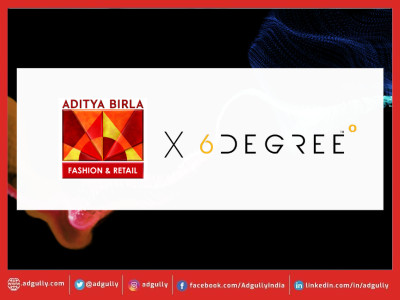

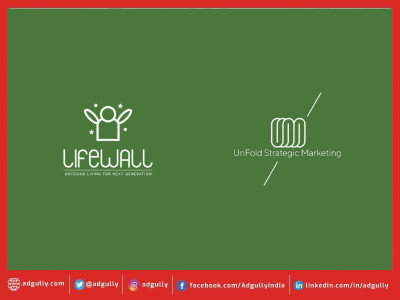

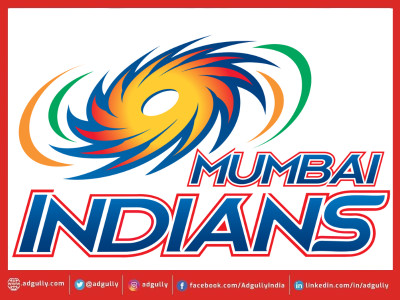

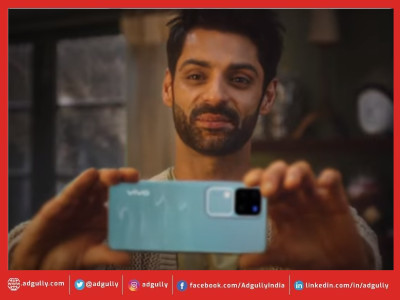
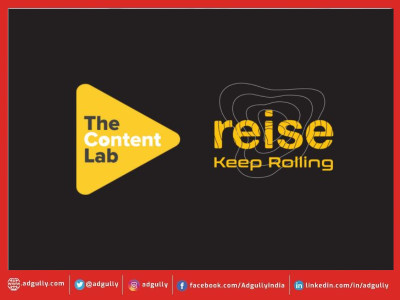
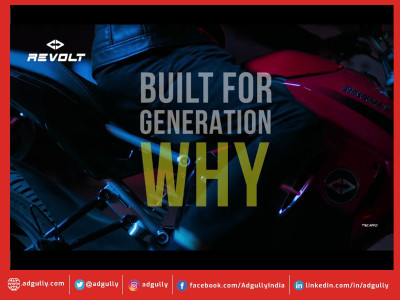


Share
Facebook
YouTube
Tweet
Twitter
LinkedIn